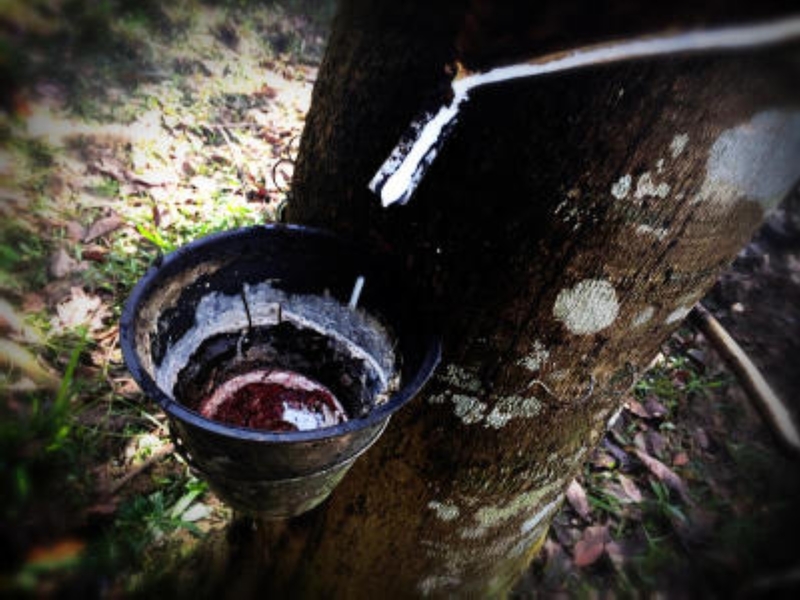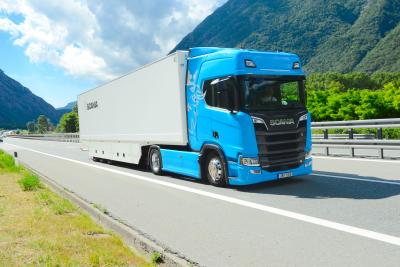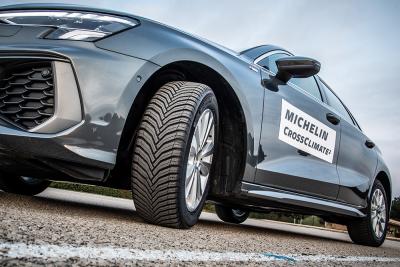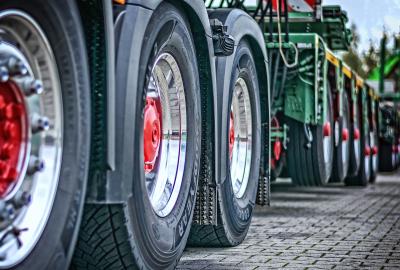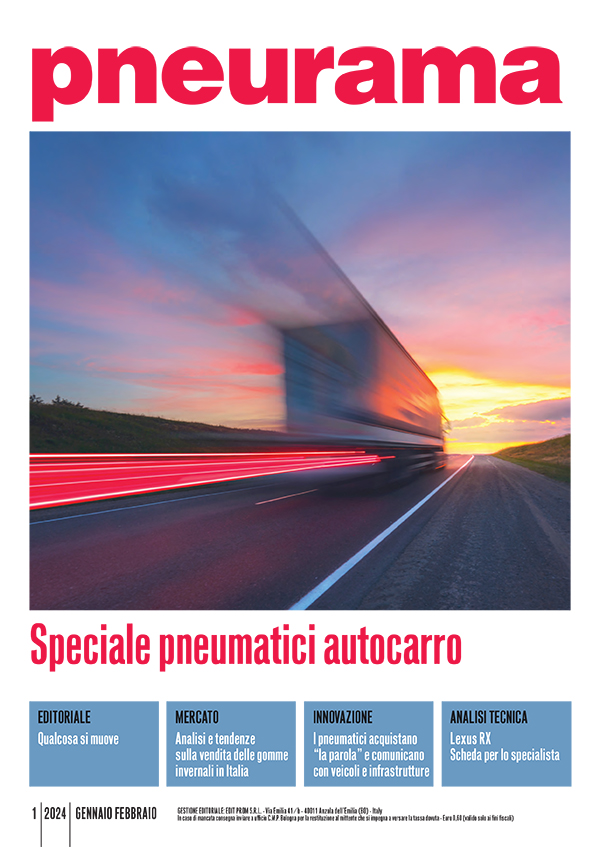Natural rubber has been around for thousands of years but its industrial use is possible thanks to Charles Goodyear, who discovered vulcanization in 1839. Since then 181 years have passed, and during this period several chemical industries flourished and with them countless polymers called "synthetic rubber". Despite these remarkable developments, natural rubber has retained a very important role in the industry, for example in the production of truck tires.
The value of the global rubber market was 40.71 billion dollars up until recently, but according to recent projections, the value might well reach 60.38 billion USD by 2026, with a composite annual growth rate (CAGR) of 5.1% over the same period.
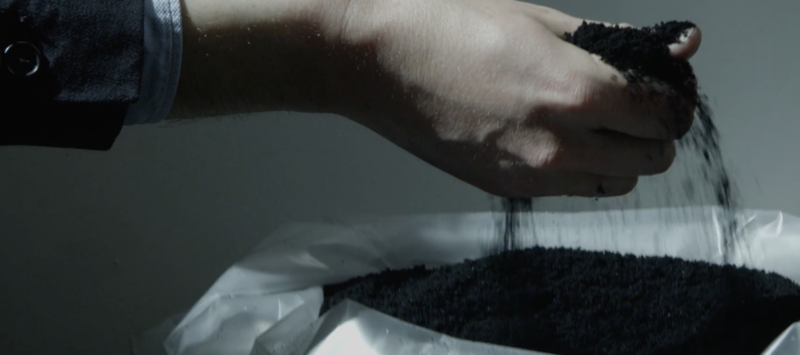
-
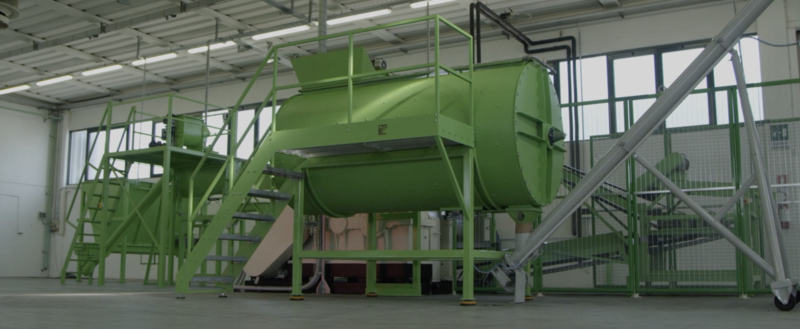
-
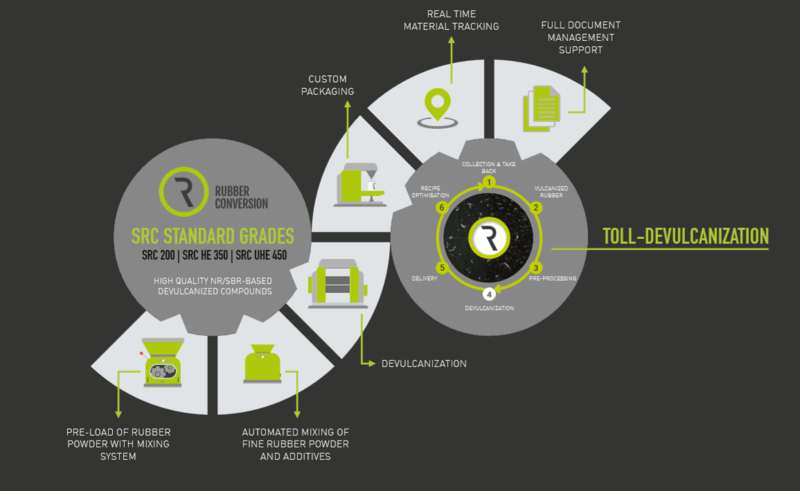
-
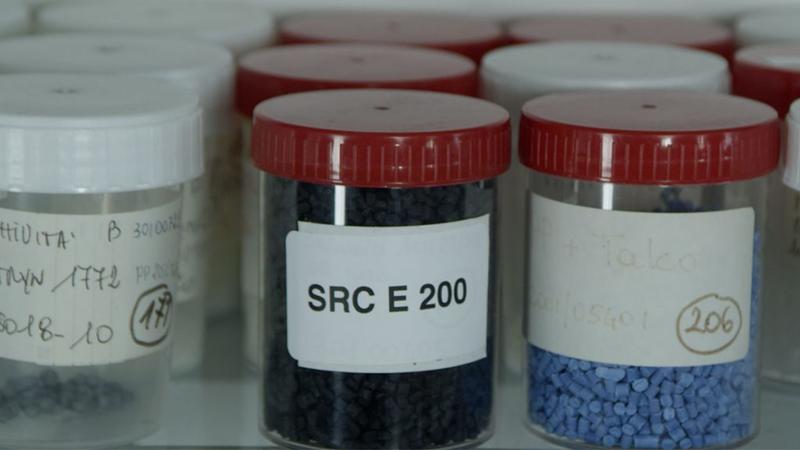
La mescola SRC E 200 viene ottenuta a partire da pneumatici per automobili e camion mentre la HE 350 origina solo da gomme di camion, coperture delle quali la UHE usa solo il battistrada.
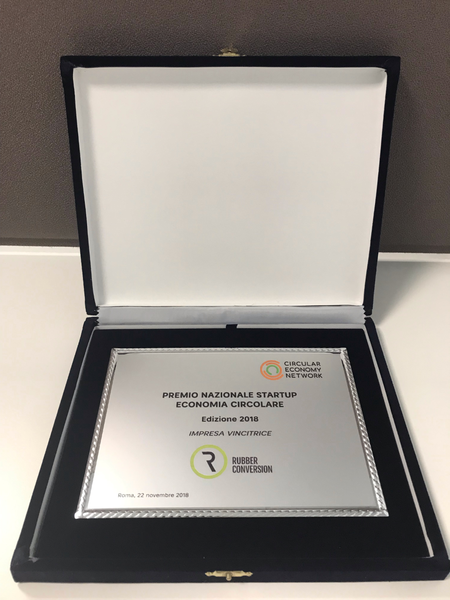
-
Endless applications
Natural rubber is made of various organic compounds and polymers, including isoprene, and most of it comes from the latex produced by rubber trees even though other crops are being studied. We know that rubber has many uses: pipes, adhesives, sealing and damping elements, flooring, belts, conveyor belts, medical equipment, surgical equipment, coatings and, of course, all kinds of tires. The latter, for example, contain 40% rubber and heavy duty tires have a predominant percentage of natural rubber over synthetic rubber. However, many sectors are experiencing a gradual shift towards synthetic rubber due mainly to its good quality, and expectations of greater revenues by 2026.
In any case, demand for natural rubber is expected to grow, both because of the increase in the number of vehicles in circulation and because, especially in producing countries, it is cheaper than synthetic rubber.
Unstable raw material
The fact remains that both synthetic and natural rubber are materials whose supply is subject to random fluctuations and geopolitical factors. We are quite familiar with the instability of crude oil production, which is a very important element for synthetic rubber and is bound to run out sooner or later, but natural rubber experiences a similar situation.
In November last year, for example, the main producers - Thailand, Indonesia and Malaysia - estimated a drop of 800,000 tons in natural rubber production in 2019 compared to 2018. The projection, issued by the organization that brings together the three countries, the International Tripartite Rubber Council, takes into account an epidemic of fungal diseases plaguing many rubber tree plantations. The three Southeast Asian countries account for 70% of the world’s production and are already struggling with a declining market. Stagnant demand (which led many producers to cut production in an attempt to sustain prices) and reduced quotations prompted many farmers to neglect their plantations, making them more vulnerable.
Salvaging pays
In view of the above, all of a sudden, salvaging and reusing old rubber seems a desirable and beneficial practice, one that clashes, however, with the very idea of vulcanization. Vulcanized rubber, in fact, cannot be worked further, it can only be shredded and used as a filler.
Therefore, initiatives such as Rubber Conversion, which recovers rubber from end-of-life tires and “de-vulcanizes” it, are welcome.
The company has a production plant in Cerea, in the province of Verona, and legal and administrative headquarters in Rovereto.
The current production consists of two lines: the production of NR/SBR compounds from tires and the de-vulcanization of waste and by-products stemming from rubber production. The abbreviations NR and SBR indicate Natural Rubber and Styrene-Butadiene Rubber, respectively. The compound produced, called SRC, is available in three versions, with type UHE 450 containing only natural rubber polymers. Third party de-vulcanization can be applied also to Propylene/Ethylene based synthetic butyl rubber (EPDM, widely used in braking systems using glycol-based fluids) and nitrile NBR rubber, resistant to chemical agents.
Cutting costs
This process enables producers of compounds and other rubber articles to reuse waste and residues. The advantage is twofold, also in light of what Giovanni Corbetta, General Manager of Ecopneus, told us during an interview published in the 6th issue of Pneurama 2019: no disposal costs and reduced raw material consumption, since the SRC can make up as much as 50% of a new compound.
Rubber Conversion is a start-up that stems from the experience of Innovando, active in industrial waste management (it processes 60,000 tons per year, from 3,000 industrial collection points).
Rubber Conversion's solutions are therefore crucial in reducing landfills and production waste besides overcoming the difficulties in creating products from secondary raw materials.
The key element of the process is de-vulcanisation, which takes place at room temperature and pressure, using a mixed mechanical-chemical process. The process "selectively" breaks the sulphur bonds between the elastomeric chains, responsible for the favourable mechanical properties of vulcanised rubber. This selective breaking allows the rubber to be re-processed while maintaining, to a large extent, its original properties.
Thanks to the courtesy of Cveta Majtanovic, business developer of Rubber Conversion and PhD researcher at the University of Trento, we have learned that the company is already working with rubber production waste to produce material for companies active in the production of footwear, warehouse handling equipment (rollers and belts), automotive components and anti-vibration devices.
Recognitions and synergies
The close relationship with the University of Trento and the Caritro foundation led to the creation of the RE-RUBBER project, focused on the production of automotive components using 25/30% rubber derived from waste produced in the very same sector, known also as closed-loop recycling. The University contributes to the areas of nanotechnology and science and technology of polymeric materials and composite materials.
This dynamic start-up is currently evaluating the opportunity to join forces with other industrial and financial institutional partners to support their productive growth and international development. Needless to say, Rubber Conversion provides real-time material tracking and supports document management, which we know is quite challenging.
Such industrial and intellectual liveliness resulted in several awards, such as the National Prize 2018 awarded by Circular Economy Network. Likewise, such endeavour did not go unnoticed abroad, as shown by the Keynes Sraffa Award, promoted by the Italian Chamber of Commerce for the United Kingdom and the Intesa Sanpaolo Innovation Centre, received by Cveta Majtanovic in London at the end of November. An important recognition that rewards the synergy between academic research and industry, united in the name of that environmental respect that the Earth desperately needs.
